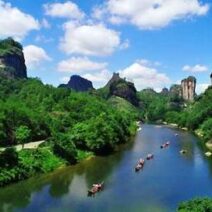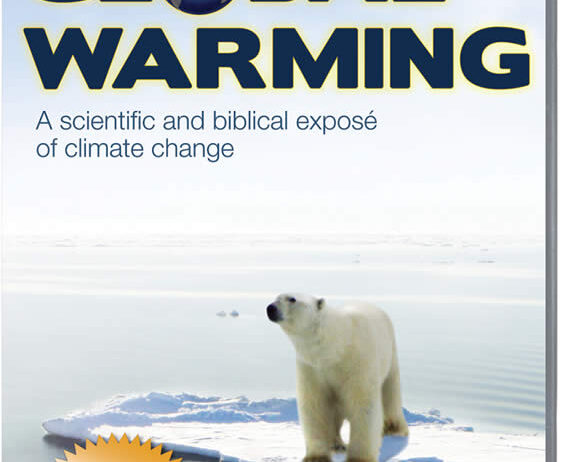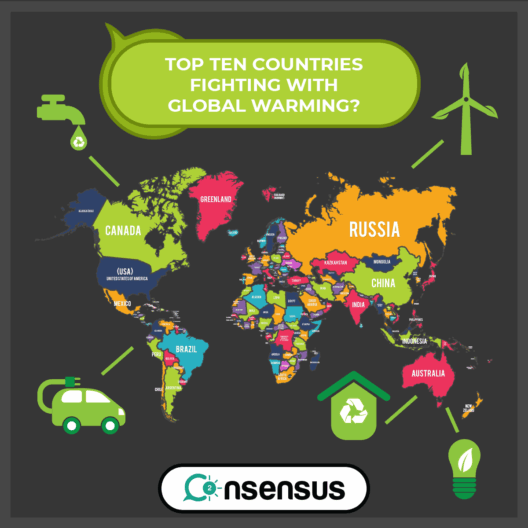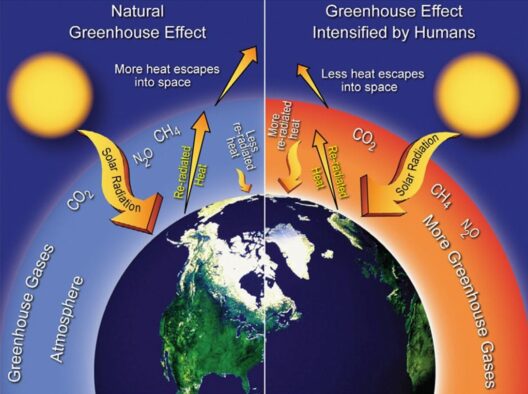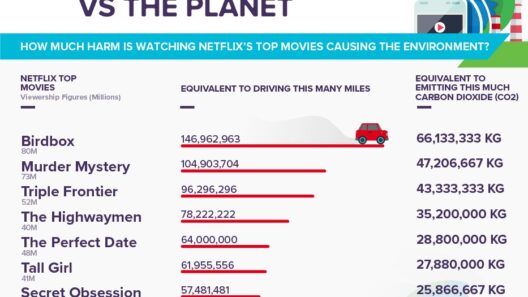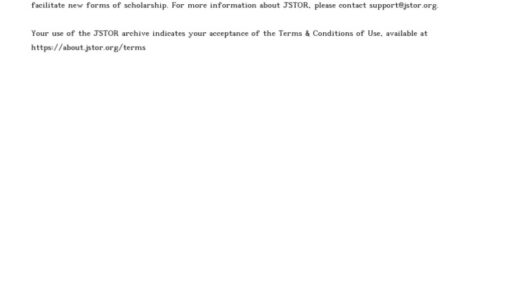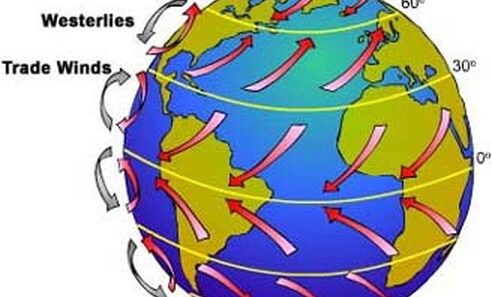Water is often described as the essence of life, an elixir that nurtures ecosystems, sustains humanity, and molds the landscape of our existence. Yet, what if this vital resource became a distant memory? In the world of documentaries, few tackle the harrowing implications of global warming with as much poignancy as “The World Without Water.” This film delves deep into the heart of a cataclysmic scenario, painting a dismal portrait of a planet engulfed in drought and deprivation. Through its compelling narrative and striking imagery, the documentary emerges as a clarion call, urging viewers to acknowledge and confront the escalating crisis of water scarcity.
As the narrative unfolds, the film personifies water, casting it as a once-bountiful specter now languishing at the intersection of climate change and human negligence. It evokes the metaphor of water as a forgotten friend, one who has long provided solace and support but is now shunned, left to wither in the shadows of apathy. It is this intriguing metaphor that forms the backbone of the documentary, making the subject matter not just an abstract concept but a visceral reality that resonates with audiences worldwide.
The documentary commences by illustrating the symbiotic relationship between water and human life. It showcases pristine rivers and verdant landscapes that flourish under the nurturing sun, symbolizing the harmony that exists when humanity respects nature’s gifts. However, this idyllic tableau quickly fractures as the film transitions into stark images of desiccated earth and parched communities, each frame echoing the reality that awaits if current trends persist. This dramatic juxtaposition serves as a solemn reminder of what stands to be lost, emphasizing that every drop of water is both a precious resource and a privilege that must not be taken for granted.
One of the most striking aspects of “The World Without Water” is its ability to transcend geographical boundaries. The documentary captures the plight of nations grappling with water shortages, revealing stories from arid regions of Africa, drought-stricken areas of Australia, and even urban landscapes in the United States. Each narrative is a thread that weaves together a rich tapestry of human experience, highlighting the universal nature of the crisis. The audience is invited to witness firsthand the anguish of families who once thrived near rivers now reduced to mere trickles—a heartbreaking sight that lingers long after the credits roll.
The documentary employs expert interviews, offering insights from climatologists, hydrologists, and community leaders who articulate the multifaceted dimensions of water scarcity. Their voices resonate with authority, weaving in scientific data that underscores the severity of the situation. A statistic presented in the film reveals that by 2025, an estimated 1.8 billion people will live in regions plagued by absolute water scarcity. Such alarming projections serve not only as a augury of future calamity but also as a rallying cry for immediate action. The film deftly connects the dots between human activities—industrial pollution, deforestation, overconsumption—and their dire repercussions on water availability, urging viewers to recognize the interconnectedness of our actions and their global impact.
Visually, “The World Without Water” is nothing short of breathtaking. The cinematography captures both the beauty of untouched landscapes and the horror of environmental degradation. Aerial shots of once-lush valleys reveal the stark contrast between vibrant greens and desolate browns, making the viewer acutely aware of what is at stake. The film’s unique appeal lies not only in its cinematic artistry but also in its capacity to evoke empathy. The heartbeat of a dying river, the cracked soil of a drought-stricken field, and the weary faces of those seeking sustenance convey a narrative that is at once personal and collective.
As the documentary progresses, it transitions from despair to hope. It spotlights innovative solutions and grassroots initiatives that communities are employing to combat water scarcity. From rainwater harvesting techniques in arid climates to the technological marvels of desalination plants, the film showcases the resilience of human ingenuity. These stories of triumph serve to remind viewers that while the crisis is severe, there are pathways to redemption. The film is not merely an indictment of past failures; it is a beacon of hope, illuminating the ways in which humanity can reclaim its relationship with water.
Moreover, the documentary encourages an introspective examination of our everyday choices. It interrogates individual responsibility, provoking questions about consumption habits and the often-overlooked privilege of water access. The film posits that change begins at home, urging viewers to cultivate mindfulness in their water usage—from reducing waste to advocating for sustainable practices. Through this lens, “The World Without Water” transforms from a passive viewing experience into a call to action, galvanizing audiences to become stewards of change in their local communities.
In conclusion, “The World Without Water” transcends the typical documentary format; it is an urgent plea wrapped in a poignant narrative that compels action. By employing the intriguing metaphor of water as a lost friend, the film contextualizes the stark realities of global warming and water scarcity in a way that is both relatable and alarming. Its stunning visuals, expert insights, and compelling stories coalesce to form a powerful tapestry that reveals the fragility of our most precious resource. Ultimately, the documentary urges us to confront the uncomfortable truths of our time and to embrace our role in fostering a more sustainable future. In a world teetering on the brink of water crisis, it is a reminder that the time to act is now.
